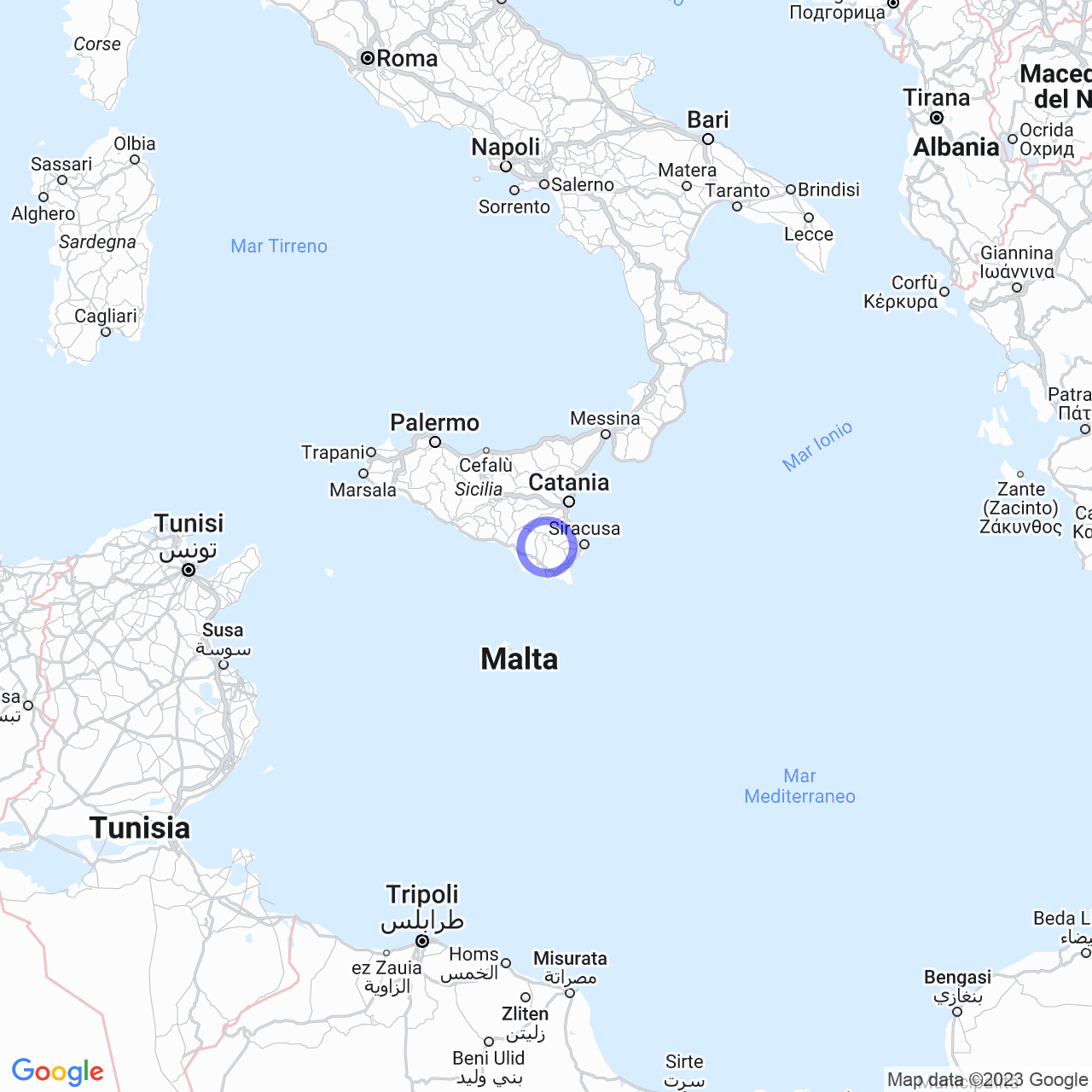Giarratana
Welcome to Giarratana: a Sicilian town of 2828 inhabitants
Hello everyone! Today I want to tell you about Giarratana, a beautiful town in the province of Ragusa, Sicily. This city has a population of approximately 2828 people and is very interesting from a historical and geographical point of view.
Physical Geography

Terrain
Giarratana is the second smallest municipality in the province of Ragusa after Pozzallo. A unique characteristic of the city is its south-facing position, which ensures that the climate is always tempered by the mountains that surround it. Giarratana is located on the slopes of Mount Lauro and is crossed by several water mines that flow into the river Irminio. Ragusa, the largest city in the region, is about twenty kilometers from Giarratana.
History
Prehistoric and Greek Traces
The history of Giarratana is very ancient, dating back to the 2nd millennium BC. Sicilian prehistoric traces have been found in various locations, including Scalona and Donna Scala. In the middle of Giarratana, in a strategic position, stood the Greek city of Casmene, a military outpost of Syracuse. The city had an urban layout composed of 38 parallel streets oriented north-south and was equipped with a 3.4 km-long city wall. At the top of Mount Casale, there was a temple dedicated to the god Ares.
From the Norman period to the County of Ragusa
From the Norman period, it began to have an initial administrative organization; in fact, the town was part of the County of Ragusa with Goffredo di Ragusa, son of Ruggero I di Sicilia. During these years, the construction of walls and the castle began. In 1195, the fief passed to Rinaldo D'Aquaviva, a relative of the Emperor Henry IV of Germany. The town was ruled by important families in the Middle Ages; among the most important feudal lords was also Sancio Heredia.
The Sicilian Vespers and the noble families
Giarratana took part in the Sicilian Vespers, siding against the Angevins who were massacred by the Aragonese after a battle in 1299. In 1308, the Vatican cited the town because the Church of San Bartolomeo contributed to the "decima," a medieval tax. In 1400, Giarratana participated in the revolt against King Martin I. For this reason, the fief became part of the County of Modica and was sold to Niccolò Caseggia. Later, the Settimo family bought the barony of Giarratana in 1454. With the lordship of the Settimo family, the city acquired great importance. In 1559, Carlo Settimo obtained the elevation of the fief from a barony to a marquisate. Pope Alexander VII sold the body of the saint to the lords of Giarratana in 1600.
Conclusions
Giarratana is a very picturesque Sicilian town rich in history. I hope this brief summary has made you want to visit it!
